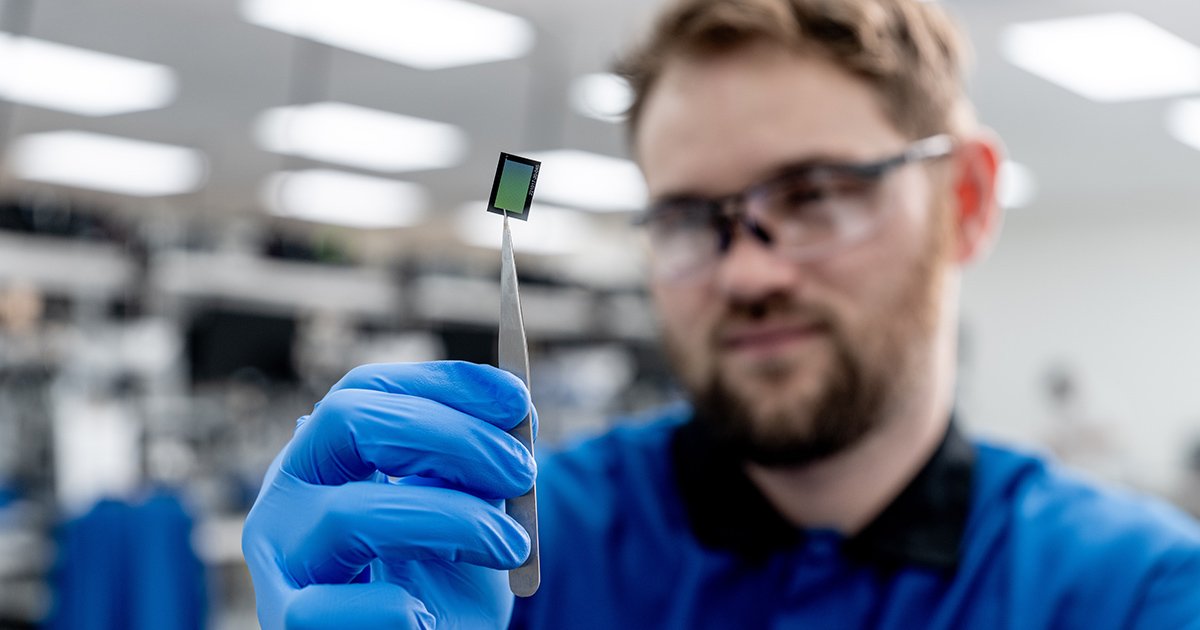Overview
Researchers are utilizing advanced artificial intelligence (AI) to enhance the speed and efficiency of drug development. A recent study led by Xia Ning, a professor at The Ohio State University, introduces DiffSMol, a generative AI model designed to create realistic 3D structures of small molecules that could serve as effective drug candidates.
Key Features of DiffSMol
- Analyzes known ligands (molecules that bind to protein targets) to generate new 3D molecules.
- Achieves a success rate of 61.4% in creating promising drug candidates, significantly higher than previous attempts which had a success rate of around 12%.
- Can modify generated molecules to enhance drug-like properties, such as synthesizability and toxicity.
Impact on Drug Development Timeline
Traditionally, drug development can take up to a decade. However, DiffSMol can generate a molecule in just 1 second, potentially opening new avenues for the creation of pharmaceuticals and agrochemical agents across various industries.
Case Studies and Applications
The research team conducted case studies on molecules targeting:
- Cyclin-dependent kinase 6 (CDK6): A target for regulating cell cycles and inhibiting cancer growth.
- Neprilysin (NEP): Used in therapies aimed at slowing the progression of Alzheimer’s disease.
Results indicated that the molecules generated by DiffSMol could be highly effective, with Ning expressing optimism about discovering molecules with superior properties compared to known ligands.
Future Directions
While DiffSMol currently relies on the shapes of known ligands, the research team aims to enhance its capabilities to learn from more complex molecular data and generate a broader range of potential interactions. The ongoing advancements in AI are expected to further elevate the potential of this technology in drug discovery.
Conclusion
The study, published in Nature Machine Intelligence, highlights the promising future of generative AI in drug design, with the potential to significantly reduce development times and costs.
